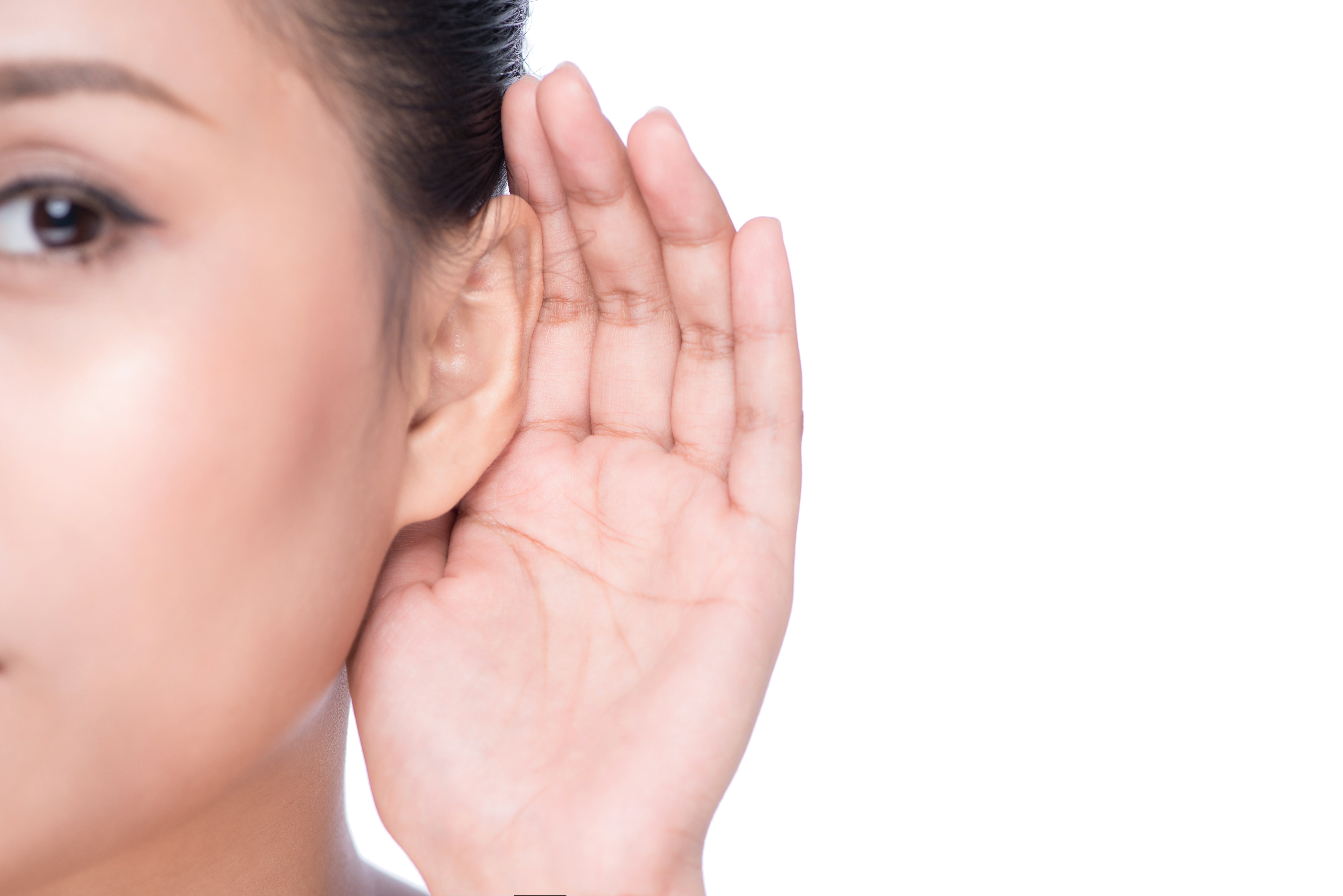Hearing loss in one Ear: What's new in treatment?
by Amy Pajula, on January 7, 2024

If you or someone you love has hearing loss in one ear, you may have heard them say there isn't anything that can be done to help them. Historically, unilateral hearing loss has been understudied, and there have been limited treatment options, particularly for those with profound hearing loss.
Unilateral hearing loss (UHL) is a condition where hearing in one ear is within normal limits and hearing in the other is either reduced or non-functional. Single-sided deafness (SSD) is a type of unilateral hearing loss in which the reduction in hearing is so severe the ear is considered to be non-functional or deaf. In this situation, using a hearing aid in the ear is not helpful because of the limited access to sound and speech understanding. Unilateral hearing loss can occur at birth, or happen later in life either gradually or suddenly.
As with bilateral hearing loss, unilateral hearing loss requires professional testing with an audiologist and medical evaluation with an otolaryngologist (ENT doctor) to determine the type and severity of the loss and to rule out other medical concerns. The testing helps determine which treatment options might be appropriate.
It's estimated that approximately 7% of the US adult population has unilateral hearing loss. However, many believe it's underreported because so many don't seek treatment. Interestingly, sudden sensorineural hearing loss (SSHL) defined as a rapid onset of hearing loss over 72 hours typically affecting only one ear, has approximately 60,000-65,000 new cases documented annually in the United States, according to a report issued in 2022 by the Hearing Review.
Anytime you notice a sudden change in your hearing, it's very important to get to an ENT doctor very quickly, as timely treatment can be important for positive results.
For many years, it was thought that no intervention was needed when someone had a profound hearing loss on one side. These individuals were considered lucky to have another functional ear to depend on and couldn't be helped with available options like hearing aids. However, as research has evolved, we have developed a better understanding of the importance of binaural hearing and how an individual is impacted when they have only one functioning ear.
Binaural hearing enables input from both ears and allows our brain to separate speech from background noise to hear better in noisy places, such as restaurants, classrooms, and social gatherings. The ability to localize sound is compromised in individuals with single-sided deafness and they are more likely to struggle with tinnitus. Not surprisingly, profound unilateral hearing loss has been shown to have a substantial impact on socialization, learning, work productivity, and reduced quality of life.
Most treatment options for people with SSD help by providing sound awareness to the non-functioning side but have not allowed for treatment of the ear with loss. Treatment options include traditional amplification with hearing aids, bone conduction devices, and implants.
One solution is a Contralateral or CROS hearing aid (sometimes called a biCros hearing aid) in which there are two devices worn on your ear. The device worn on the functioning ear is a hearing aid, and the device worn on the non-functioning ear is a microphone. The microphone picks up sound from the non-functional side and sends it to the functioning side to provide sound awareness. It does not treat the poor ear but helps provide sound awareness.
Another option is bone-anchored hearing systems or bone-anchored hearing aids, which use an external sound pressor to pick up sound from the poor hearing side and send it to the better hearing side by bone conduction. Again, the goal is to provide sound awareness on the poorer hearing side rather than treat the hearing loss.
Despite cochlear implants becoming more widely available to people with bilateral hearing loss, it was widely believed by professionals through earlier studies and anecdotal feedback from patients that people with single-sided deafness had challenges understanding when the input from each ear was so different.
It wasn't until 2019 that the FDA approved the first cochlear implant for single-sided deafness/asymmetrical hearing loss.
In patients with single-sided deafness, cochlear implants have been shown to benefit patients by reducing tinnitus and improving sound localization, speech understanding, and quality of life. Some insurance companies are now covering cochlear implants for people with single-sided deafness; however, the labeling is quite strict.
Knowing what options are available to you is important. If you have single-sided deafness or unilateral hearing loss, make sure you are aware of possible options. Not every audiologist and ear, nose, and throat doctor provides each of these potential solutions. Your first step is to understand your diagnosis and then determine where potential options are offered. You would then contact that site to schedule an appointment with the doctor/surgeon, and audiologist who can help you explore candidacy and better understand what to expect.


